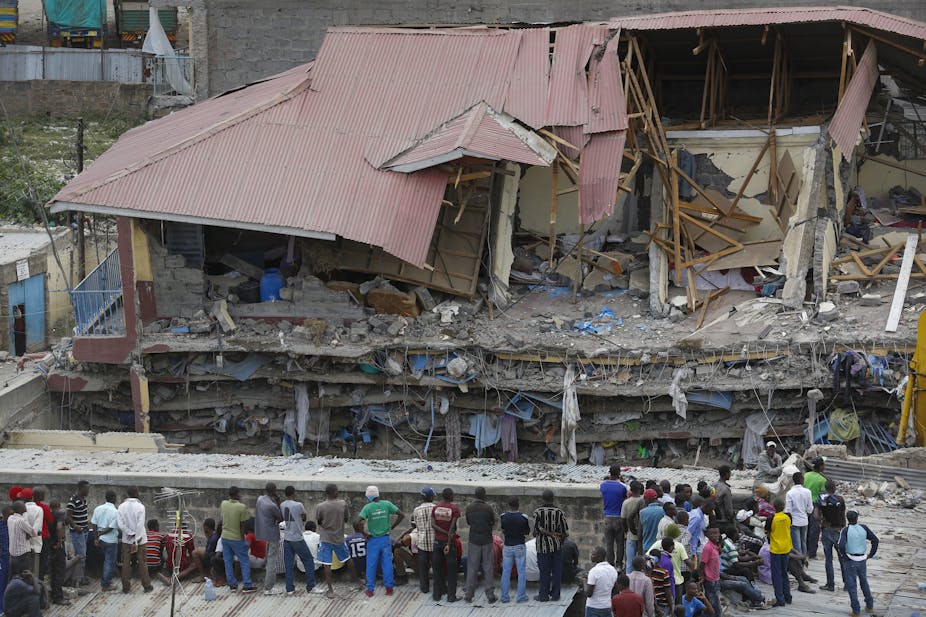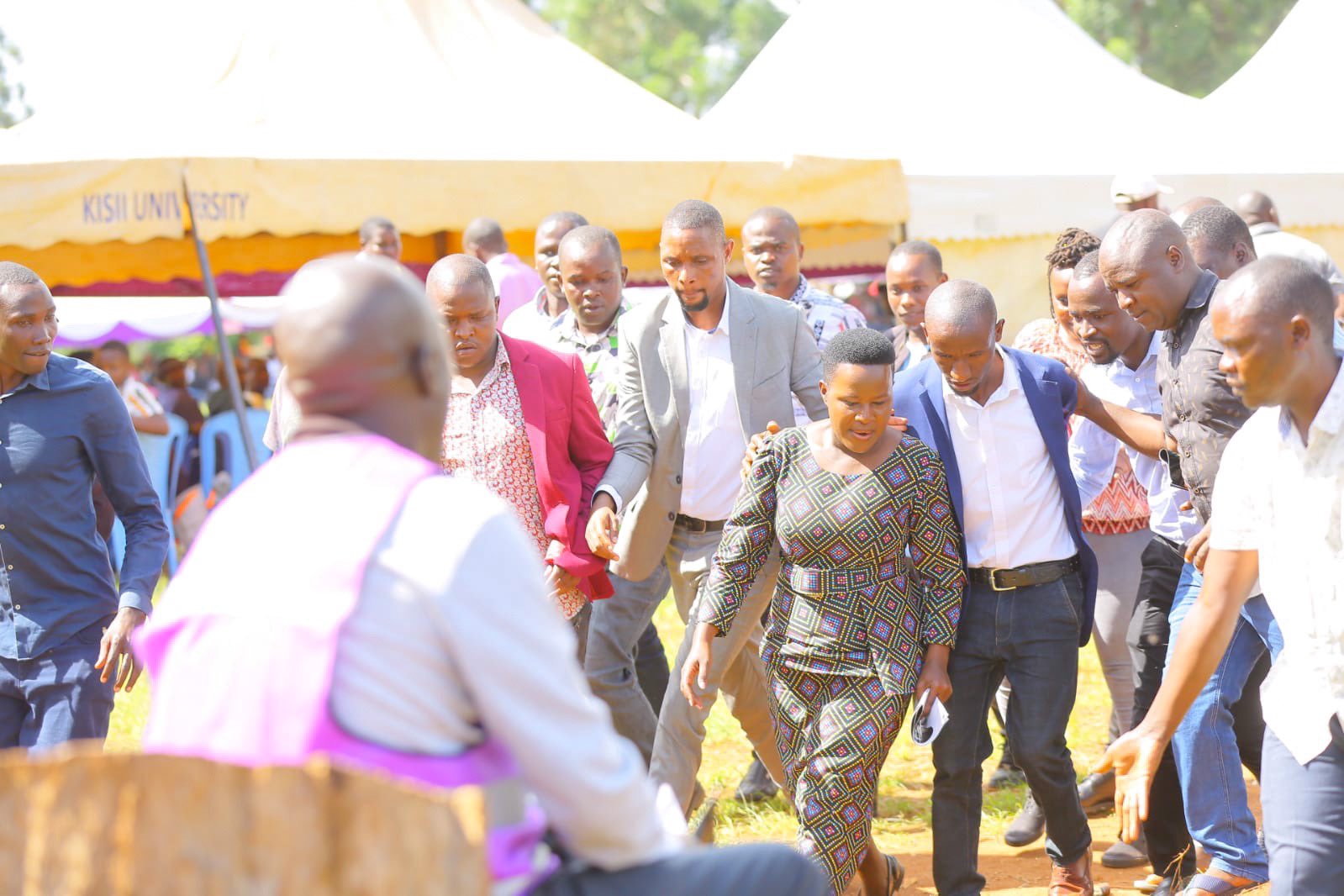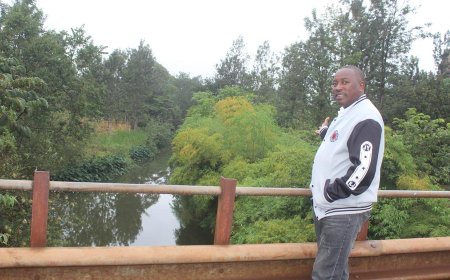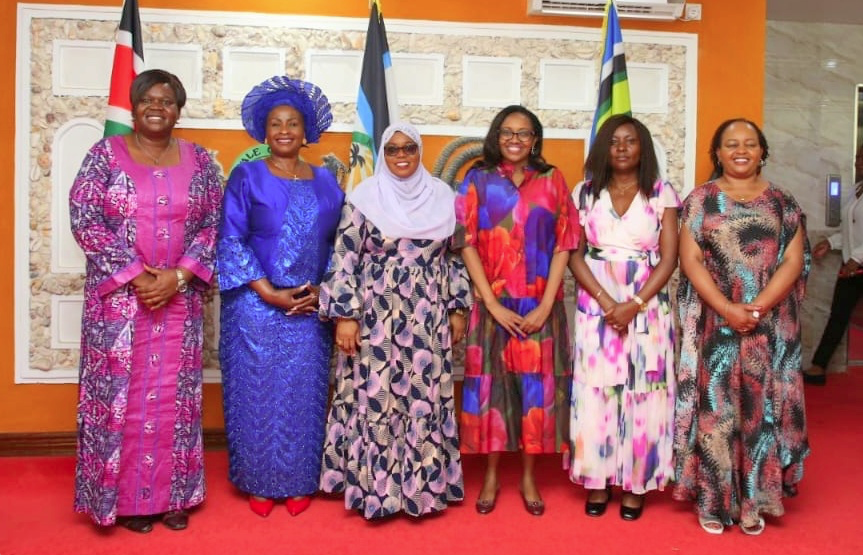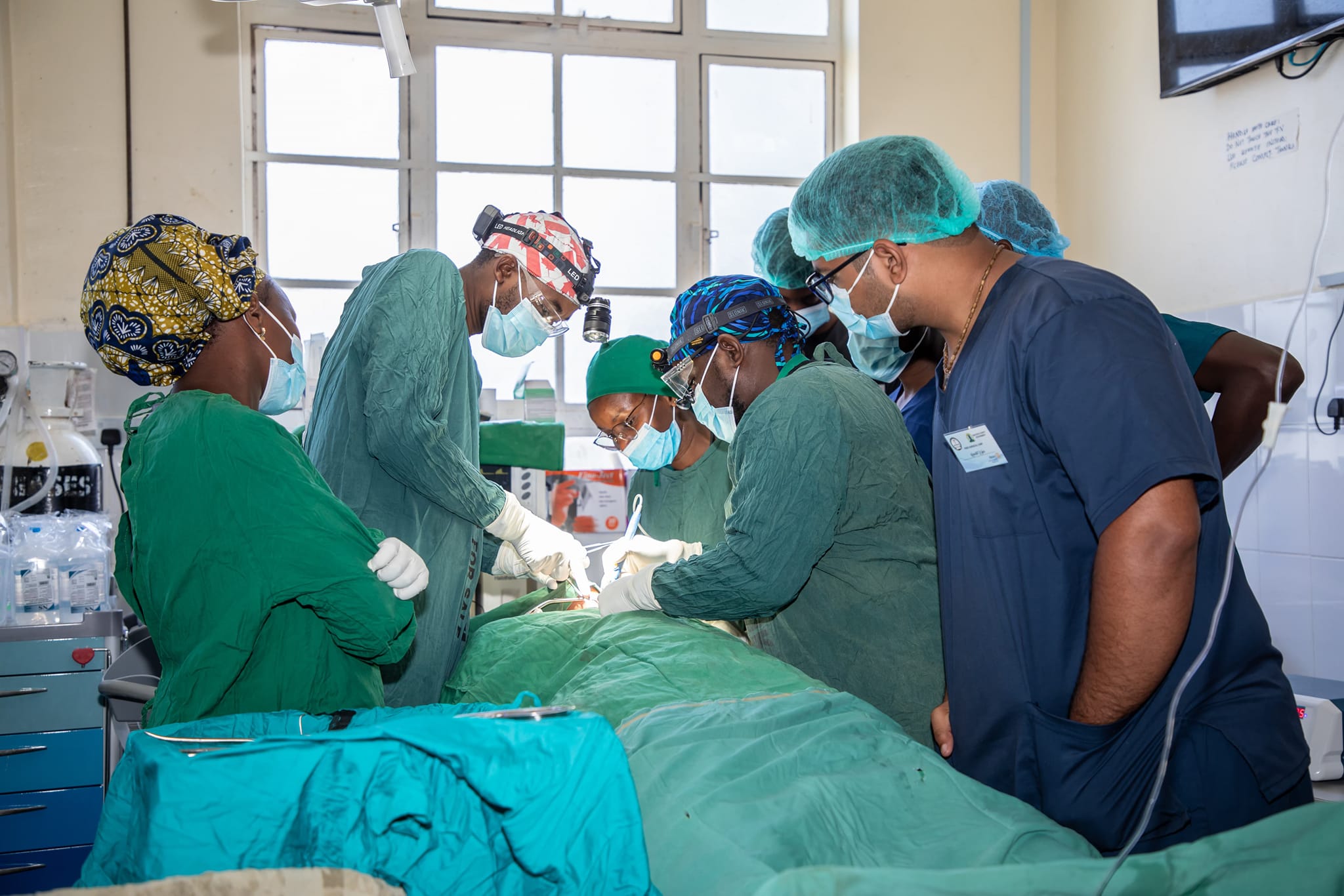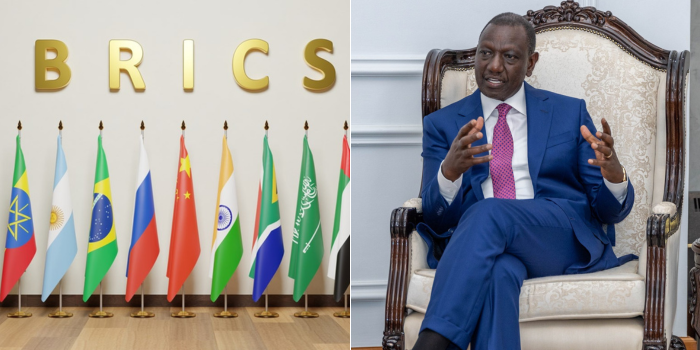From Cotton Fields to Classrooms: The Journey to End Child Labor in Global Supply Chains
This article discusses the challenges faced by children engaged in child labor in the cotton industry, illustrated through the story of a young girl named Adjei who dreams of becoming a doctor. It emphasizes the need for collective action from companies, governments, NGOs, and consumers to eradicate child labor and promote education. Proposed solutions include corporate responsibility, community-focused education programs, awareness campaigns, supportive government policies, and community engagement, ultimately advocating for a brighter future for children.

From Cotton Fields to Classrooms: The Journey to End Child Labor in Global Supply Chains
In the small, sunbaked village of Togo, a young girl named Adjei wakes up before dawn. The air is thick with humidity, and the smell of wet earth fills her nostrils as she rolls out of her makeshift bed. At just ten years old, Adjei’s day begins in the cotton fields rather than in a classroom. Her hands, calloused and worn, are accustomed to picking cotton for long hours under the watchful sun, while her laughter and dreams fade into the background. For Adjei and countless children like her around the world, the promise of education and childhood is overshadowed by the grueling demands of labor.
The global demand for cotton has made it one of the most highly traded commodities, but at what cost? The dark side of this industry is the exploitation of children who are forced to work instead of attending school. According to the International Labour Organization (ILO), an estimated 152 million children are engaged in child labor globally, with a significant number working in agriculture, including cotton production. These children are deprived of their right to education, freedom, and a chance at a better future.
Adjei dreams of becoming a doctor. She imagines wearing a white coat, helping sick people in her village, and bringing hope where there is little. But in the reality of her life, each day's labor steals away her opportunity to learn, to dream, and to become who she aspires to be. The weight of responsibility is heavy on her small shoulders, leaving little room for the joys of childhood, like playing with friends or learning to read.
Ending child labor in global supply chains — particularly in cotton production — requires a multifaceted approach that involves governments, businesses, NGOs, and consumers. Together, we can forge a pathway that leads children like Adjei back to classrooms and away from fields.
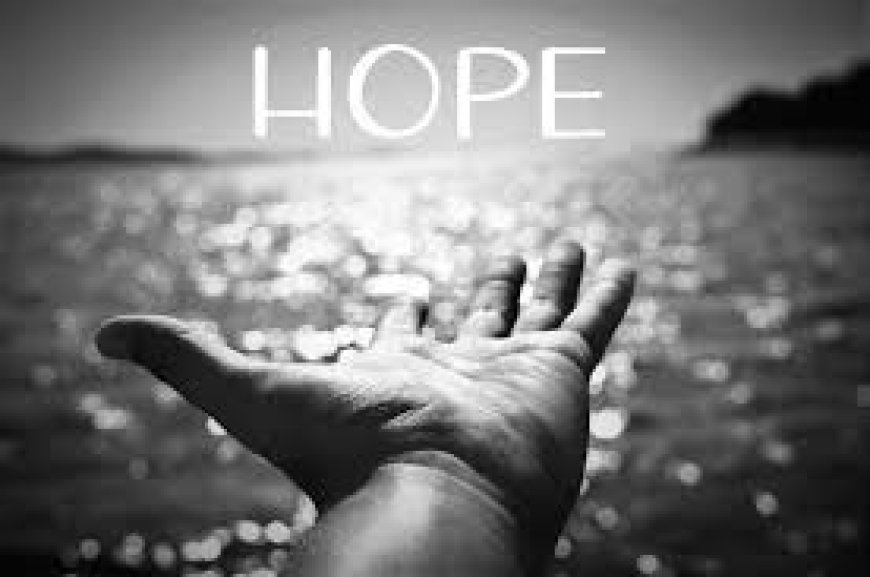
Solutions to Support Education and End Child Labor
Corporate Responsibility- Companies must take ethical sourcing seriously. They can implement strict measures against child labor in their supply chains, investing in transparent auditing processes that ensure compliance with labor laws. By holding themselves accountable, brands can foster safer environments for young workers.
Community-Focused Education Programs Non-governmental organizations can partner with local communities to develop educational programs that provide vocational training for parents and alternative income sources, reducing the reliance on child labor. When families can make a living wage, children can focus on their education instead of work.
Awareness Campaigns Raising awareness about the impacts of child labor is crucial. Campaigns can educate consumers about the products they buy, helping them make informed choices that support ethical brands. Pressure from consumers can motivate companies to change their practices.
Government Policies -Governments need to enact and enforce laws that protect children’s rights. Policies focused on compulsory education and penalties for employing minors must be prioritized. Additionally, governments can collaborate with international organizations to create programs that help families break the cycle of poverty, which often leads to child labor.
Community Engagement: Empowering communities to understand the value of education is essential. Workshops and seminars can illustrate how investing in children’s futures benefits society as a whole. By fostering a culture that values education over labor, communities can begin to shift their perspectives.
For Adjei, each day in the cotton fields is a reminder of the dreams she is yet to fulfill. Her story reflects the broader challenge of child labor, but it also highlights the hope that collaborative efforts can bring about change. Through education, advocacy, and commitment from various stakeholders, we can work together to ensure that every child, regardless of their circumstances, has the chance to learn, grow, and dream.
As we reflect on the journey from cotton fields to classrooms, let’s remember that each action we take today can help shape a brighter tomorrow for children like Adjei.
What's Your Reaction?







